Select from six varieties of our best-selling peppers from past sales that will dazzle even the pepper connoisseurs out there! We try to have something for everyone including heirloom peppers, award winning peppers, the works! The peppers we offer are especially suited to our shorter cooler growing season up here in the north country! Below I have organized our offerings by "Days to Maturity" but keep in mind that many factors can impact when you will actually get fruit. Our pepper plants will give you a head start of about 15 to 30 days depending on the conditions including proper hardening off (to prevent the plants from going into shock--watch for a future post on hardening off your seedlings), soil temp at the time of planting, nighttime temps, day time temps, sun, wind and moisture conditions, and pest interference. Some of these peppers are the traditional bell shape while others are conical.
We offer one hot pepper:
For more information on growing tomatoes and peppers in Wisconsin, check out: https://learningstore.uwex.edu/assets/pdfs/a3687.pdf Please note: This year’s plant sale will have a “twist” from prior years, as we are requesting pre-orders from February through May 1 or until supplies are sold out. There will be a new pickup location at the City of Spooner Front Street Public Parking Lot (north of the Canoe Heritage Museum) on May 21. The sale is pre-order only with pick-up on Saturday May 21st, 2022, from 8:00 am - Noon. The pre-order form is available on our website at www.northcountrymgv.org/plantsale and at the Spooner Memorial Library, Shell Lake Public Library, Larsen Family Library in Webster, the Sherman Weiss Library in Hayward and the Washburn County Tourism office. Article submitted by Roseann Meixelsperger MGV
0 Comments
Master Gardener Vicki Gee Treft writes about what she learned from a "HOUSEPLANTS" course presented by Katie Dunker from the Colorado State University Extension.
A future posts will provide how to deal with pests and diseases. 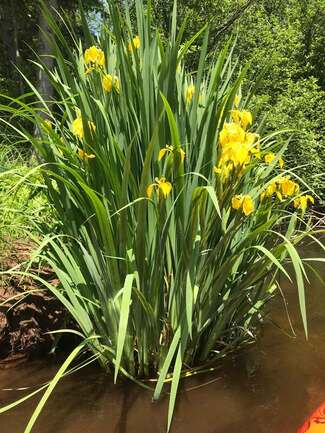 by Melinda Myers For many of us, winter is the start of the gardening season. We are busy browsing catalogs, reading garden articles, and looking for sources of new plants. As the planning process continues, the plant wish list keeps expanding. Once your list is complete and before placing any order online, be sure to check your list for any invasive plants that are prohibited or restricted in Wisconsin. According to the Invasive Species Rule NR40, prohibited plants are those that are not currently found or occur in isolated areas in the state. If introduced into the state, these plants are likely to cause significant economic or environmental harm or harm to human health. Restricted plants according to NR40 are already established in the state causing harm or have the potential to cause significant harm. The ability to spread and vigorous growth habit of the yellow flag Iris (Iris pseudacorus) make this invasive plant a threat to our waterways. Photo credit: photo courtesy of Zach Stewart
We have tomatoes with a noticeably short "Days to Maturity" rating. Since our plants are well started when you get them you will have about a 15 to 30 day head start on the how long you will have to wait for your first crop depending on a number of variables including how you harden off the plants before planting, what the soil temp is when planting, how much sun, wind and moisture the plant gets, and what the daily high and low temperatures are. Days to maturity is a rating to help us determine what plants are best suited to our zone (3-4) and the limitations that makes on the plants we raise. Most of the varieties we offer will continue to set fruit until frost kills the plant. Others which are called "determinate" will set fruit until the plant reaches it mature size. Once these ripen the plant will die back. All determinate varieties that we offer are indicated. The earliest varieties tend to be the cherry tomatoes. We offer:
For mid-sized early tomatoes, we have:
Large slicing tomatoes take longer to maturity. We offer:
If you have experienced "early blight," watch for our article on early blight and how to avoid it in a coming post. Please note: This year’s plant sale will have a “twist” from prior years, as we are requesting pre-orders from February through May 1 or until supplies are sold out. There will be a new pickup location at the City of Spooner Front Street Public Parking Lot (north of the Canoe Heritage Museum) on May 21. The sale is pre-order only with pick-up on Saturday May 21st, 2022, from 8:00 am - Noon. The pre-order form is available on our website at www.northcountrymgv.org/plantsale and at the Spooner Memorial Library, Shell Lake Public Library, Larsen Family Library in Webster, the Sherman Weiss Library in Hayward and the Washburn County Tourism office.
Article submitted by Roseann Meixelsperger MGV
It was only after WWII that houseplants became mainstream in everyday homes. As people began to spend longer hours at the office, they wanted the comforts of home. Houseplants were developed to tolerate low light levels and some neglect.
Currently, houseplants are seeing surge in popularity. There are several reasons for this:
IMPROVE concentration: better at home and office, tasks were more accurate and of higher quality, offering stimulation to senses and mind IMPROVE HAPPINESS: reduce stress & anxiety, more optimism, resulting in being optimistic, more relaxed and happier IMPROVE compassion: increase empathy & concern, healthy relationships, wanting to help others, IMPROVE children in classroom: improve concentration, reduce agitation & stress, help minimize distractions IMPROVE seniors (in group settings) quality of life: reduce anxiety & stress, allow to care for something, remembering previous positive experiences FEWER sick days, Norwegian study, reduce sick time by 14%, less physical symptoms of illness INCREASE medical recovery: more quickly with less pain medication, a Dutch study of recovery from stressful situation noted quicker recovery due to parasympathetic nervous system kicked in. SCRUB the air clean: of toxins (formaldehyde) by bacteria growing on plant roots, also remove ozone & benzene (found in cleaning products & glue) KEEP dust down: particulates decreased by 20-percent, even if plants are located on the outer perimeter of a room PEOPLE respond to nature, based on experiences and learned habits.
The pre-order form is available on our website at www.northcountrymgv.org/plant-sale and at the Spooner Memorial Library, Shell Lake Public Library, and other local organizations.
Tomatoes, Peppers, and our popular 6 Packs of Pollinators and Herbs
Further information about the sale is available at www.northcountrymgv.org/plant-sale or e-mail [email protected]. |
|
| North Country MGV | gARDEN bLOGS |
Location |
|
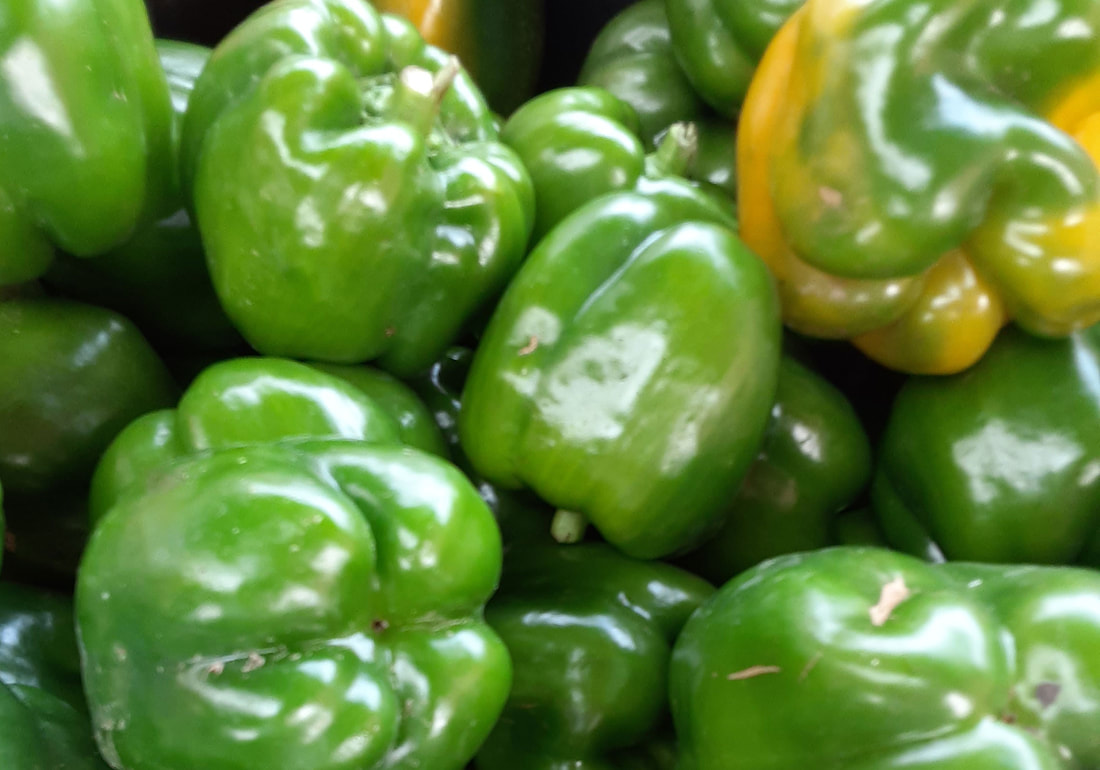
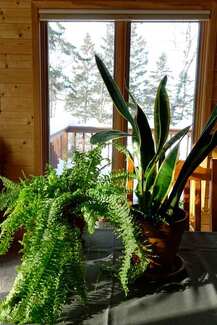
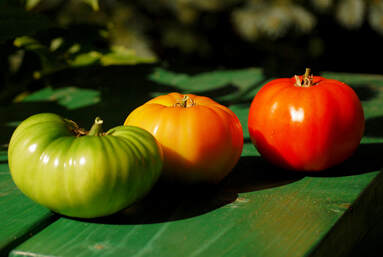
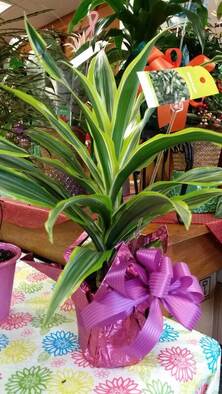
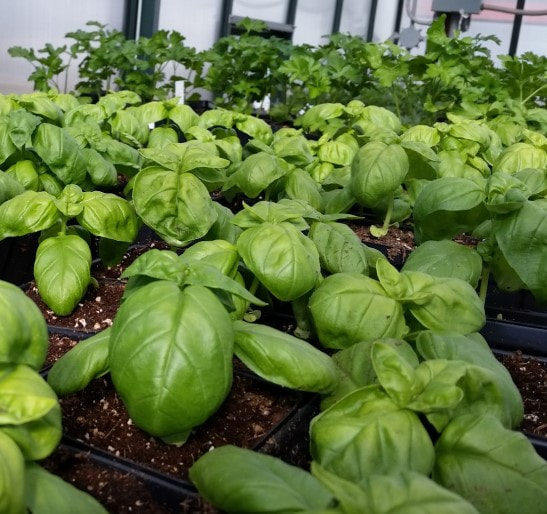
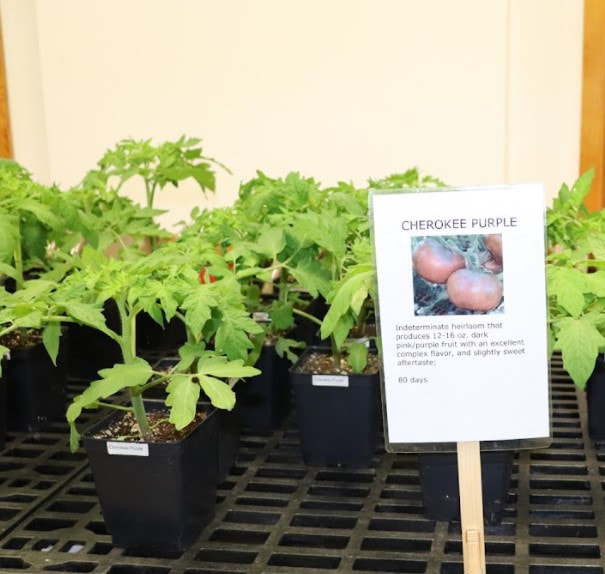
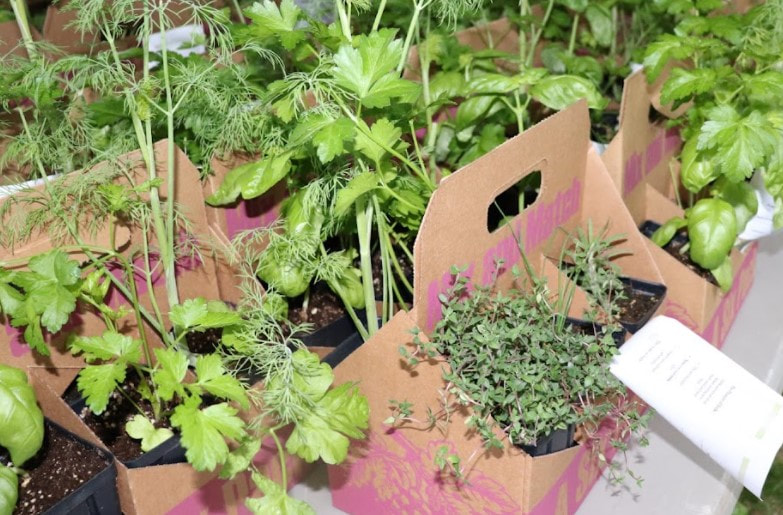
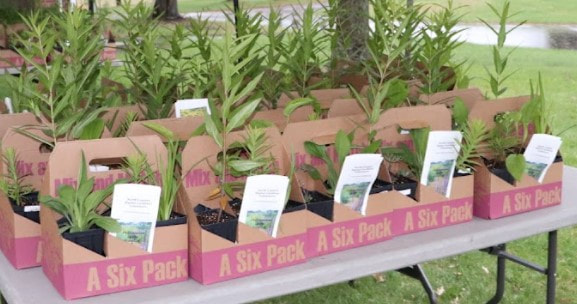
 RSS Feed
RSS Feed